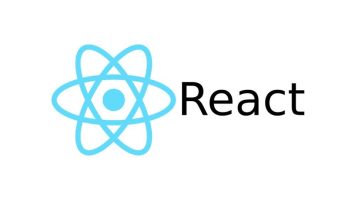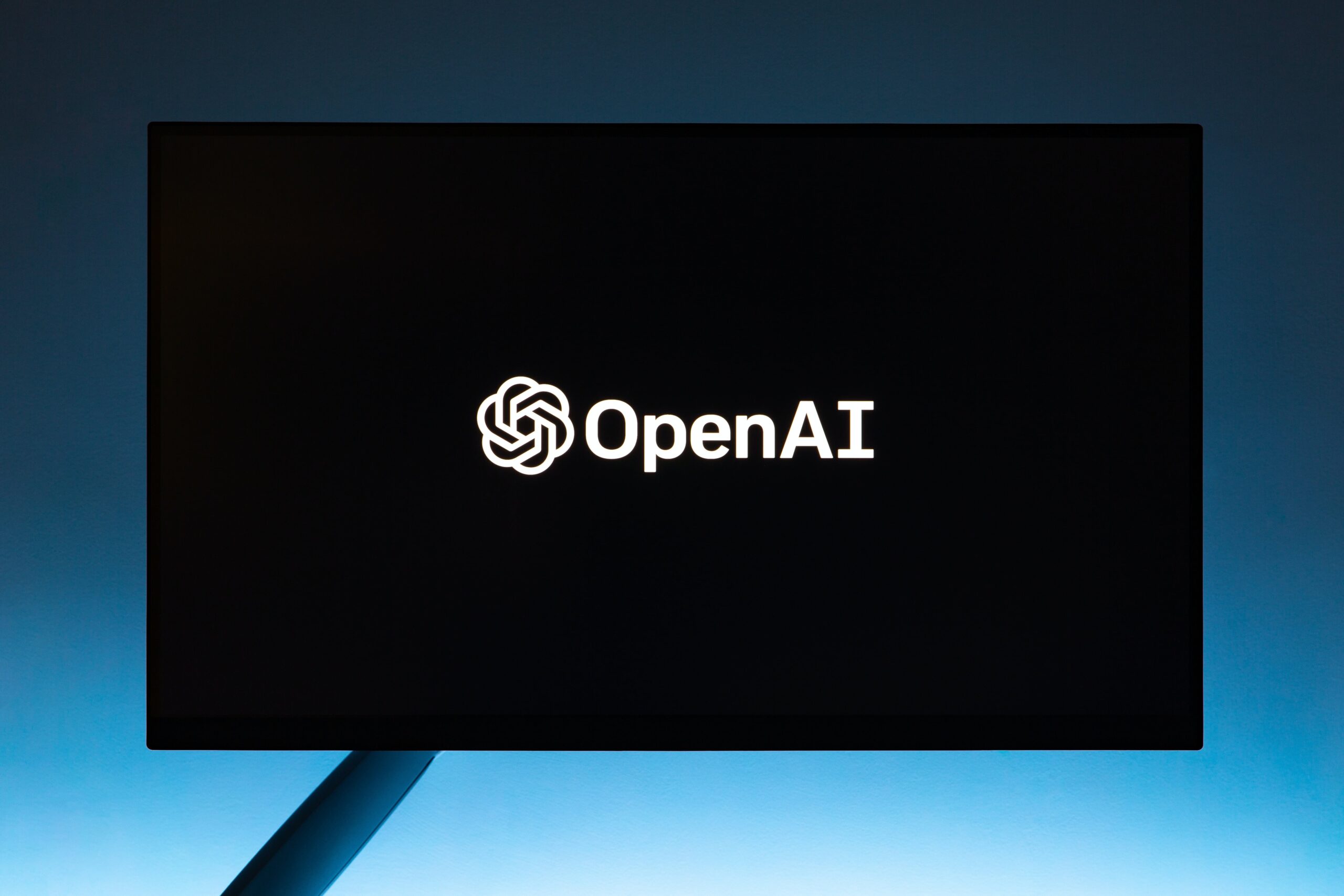Introduction
In the world of mobile app development, two frameworks have emerged as leaders: Flutter & React Native. Both offer the promise of creating cross-platform apps efficiently, but they differ in various aspects. In this article, we’ll delve into the debate of Flutter vs React Native, comparing their features, performance & ecosystem to help you decide which is the better choice for your next mobile app project.
Flutter
Crafted by Google, Flutter stands as an open-source toolkit for UI software development. It allows developers to create natively compiled applications for mobile, web & desktop from a single codebase. Flutter employs a unique approach with its “widgets,” which are customizable building blocks for creating user interfaces.

Pros of Flutter
- Single Codebase: Flutter follows a “write once, run anywhere” philosophy. This means you can use a single codebase to develop apps for both iOS and Android platforms, saving time & effort.
- Hot Reload: Flutter’s Hot Reload feature allows developers to see changes in real-time without restarting the entire application. This significantly speeds up the development process & enhances productivity.
- Rich Widgets: Flutter provides an extensive library of customizable widgets that help create highly interactive & visually appealing interfaces.
- Excellent Performance: Flutter’s performance is often praised for its speed & smoothness. It uses the Skia graphics engine to render visuals, resulting in consistent performance across devices.
- Open-Source: Being an open-source framework, Flutter benefits from a strong community that contributes to its growth & development.
Cons of Flutter
- Limited Libraries: While Flutter’s library is growing rapidly, it might still lack certain third-party libraries that are readily available for other frameworks.
- Learning Curve: Developers unfamiliar with Dart might face a slight learning curve at the beginning. However, Dart’s syntax is relatively easy to grasp for those experienced with other programming languages.
React Native
React Native, on the other hand, is maintained by Facebook. It’s also open-source and enables developers to build mobile apps using JavaScript (JS) & React. React Native apps are not fully native; they utilize a bridge to communicate with native modules, enabling the app to render natively on the device.

Pros of React Native
- Larger Community: React Native’s popularity has resulted in a massive community of developers, which means abundant resources, libraries, and solutions are readily available.
- JavaScript: If you’re already familiar with JavaScript, transitioning to React Native becomes relatively smoother. This also opens up a wider pool of potential developers for your project.
- Native Performance: React Native apps offer near-native performance by utilizing native components, resulting in a seamless user experience.
- Third-Party Modules: The framework supports a vast array of third-party modules, allowing developers to integrate a variety of functionalities into their apps.
- Code Reusability: Like Flutter, React Native promotes code reusability across platforms, saving time & effort.
Cons of React Native
- UI Limitations: Despite its flexibility, there might be instances where achieving complex UI designs can be challenging due to limitations in available components.
- Platform Dependencies: Certain platform-specific features might require native modules, which could add complexity to the development process.
Performance
When it comes to performance, Flutter often gets the upper hand. Since Flutter apps are compiled directly to native ARM code, they boast impressive speed and consistency across different devices. React Native’s reliance on a bridge can introduce some performance overhead, although advancements have been made to mitigate this.
User Interface
Flutter’s customizable widgets offer a high degree of flexibility, enabling developers to create visually stunning and responsive interfaces. React Native’s UI components closely resemble native elements but might require additional customization for a polished look. Flutter’s “hot reload” feature allows real-time UI adjustments, which can significantly speed up the development process.
Programming Language
Flutter uses Dart as its programming language, which might require developers to learn a new language. React Native relies on JavaScript, a widely-used language among developers, making it more accessible to a broader audience.
Ecosystem & Community
React Native has been around longer, leading to a larger community and a plethora of third-party libraries & modules. This can expedite development by providing solutions to common challenges. However, Flutter’s community is rapidly growing & it benefits from Google’s support, ensuring consistent updates and improvements.
Development Time
Flutter’s “write once, run anywhere” approach can potentially reduce development time, as the same codebase can be used for both iOS and Android platforms. React Native offers a similar advantage, but slight adjustments might be needed for platform-specific elements.
Popularity & Adoption
Both frameworks have gained popularity, with major companies adopting each for their apps. React Native’s head start gives it an edge in terms of adoption, but Flutter’s modern approach and performance benefits are rapidly attracting developers & companies alike.
Performance
Crafted by Google, Flutter stands as an open-source toolkit for UI software development. It allows developers to create natively compiled applications for mobile, web & desktop from a single codebase. Flutter employs a unique approach with its “widgets,” which are customizable building blocks for creating user interfaces.
Conclusion: Flutter vs React Native
In the Flutter vs React Native battle, the choice ultimately depends on your project’s specific needs and your team’s familiarity with the technologies. If performance and a visually appealing UI are crucial, Flutter might be the better choice. On the other hand, if you’re more comfortable with JavaScript & need a larger community & ecosystem, React Native could be the way to go. Whichever you choose, both frameworks have proven themselves as capable solutions for building impressive cross-platform mobile apps.
Flutter vs React Native: Which is Better for Your Mobile App?
Flutter vs React Native: Which is Better for Your Mobile App?
Frequently Asked Questions (FAQ)
What is Flutter?
What is React Native?
Which one offers better performance?
How is the community & ecosystem for each framework?
Which framework offers a more native-like experience?
How easy are they to learn for developers with different backgrounds?
Which framework has better support for third-party integrations?
How is the community support and documentation?
Which one is better for UI customization?
Integration with Native Features: Which is Easier?
Flutter vs React Native: Which is Better for Your Mobile App?
You can also read:
Mastering React: Unleashing the Power of Modern Web Development
Node JS Programming: Unraveling the Secrets of Web Development
Mastering Python: Unraveling the Serpent’s Code
















1 Comment
It’s very easy to find out any topic on web as compared to textbooks, as
I found this paragraph at this web site.